When the first iPhone was revealed, I was not impressed. I still thought Nokia and Blackberry were way cooler, but I knew something was up even then. Fast forward years later, smartphones have become mainstream. As someone who has been writing about tech for years, I have always asked myself, “What’s next after smartphones?” Apple has given me a clearer picture of the future with the Apple Vision Pro.
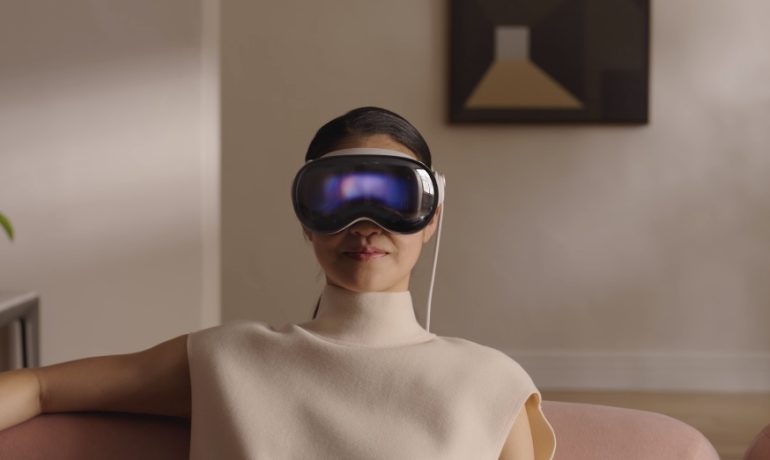
Smartphones, tablets, laptops, and PCs aside, AR and VR have been around for a while, and it is something that I find amazing. I remember trying out Google Glass for the first time. I thought it was cool. However, I knew the technology was in its early phases and still had a long way to go before it could be integrated into our daily lives.
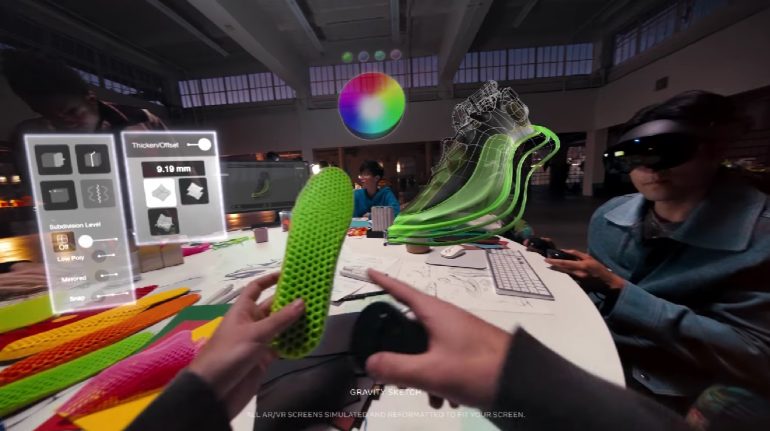
It didn’t take that long for the technology to progress. In a matter of years, we already have cheap VR glasses that can be used with smartphones, and in 2019, we were introduced to the Oculus Quest. And just a few years later, the new Meta Quest 3 will soon be introduced. And as this technology progresses, the more potential it has to change how we communicate and collaborate, entertain ourselves, and access and use information. And this is the exciting part. I can imagine letting go of my cluttered desk with a space-hugging monitor and using multiple virtual hi-res windows instead. If I’m a gamer, we’re one step closer to Ready Player One.
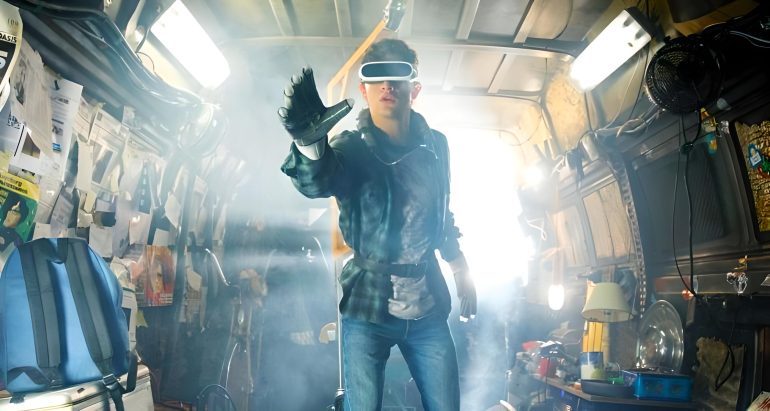
You might be asking, “If you think existing VR/AR technologies are already making an impact, so why make a big deal of the Apple Vision Pro?”
Apple Vision Pro: Crossing the Rubicon
The Rubicon is a river in northern Italy that Julius Ceasar crossed, resulting in a civil war, leading to Ceasar becoming a dictator of the Roman Empire. “Crossing the Rubicon” means passing a point of no return. Apple, a company with a Market capitalization of 2.89 trillion USD as of writing, just crossed the Rubicon. Something’s up. And pretty sure it has plans to make an impact in the same way the iPhone changed the smartphone industry.

Here is where the “scary” part comes in. The iPhone ushered in the smartphone revolution. And the Apple Vision Pro might do the same. While it would be amazing to see the possibilities of mixed reality, we can also expect its potentially unsettling drawbacks, just like with smartphones.
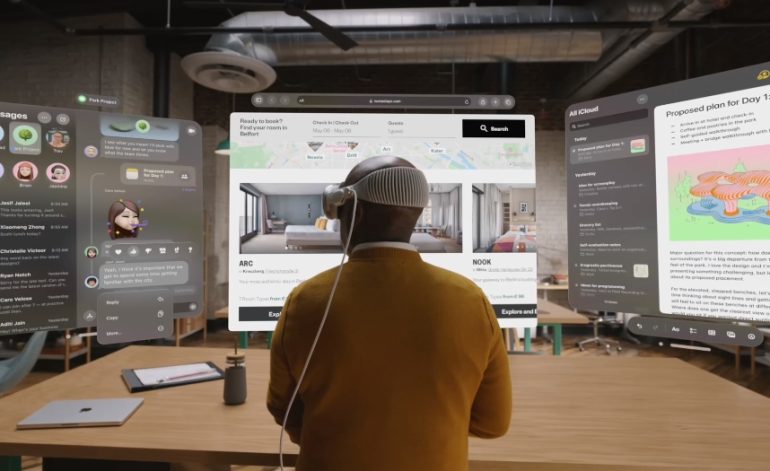
There could be concerns about privacy, data collection, addiction, and escapism, as the virtual world can quickly and effectively distract us from the real world. It’s like with smartphones but more potent. And it will be more difficult not to want as more applications and content are created around it. I could go on, but we already have many tech-doomsaying to go around. A season of Black Mirror should do it.
Still, I see mixed reality as the next giant leap after smartphones. It might take a while, though, considering the price. But let’s remember that there was a time when smartphones were too expensive. Give it time, and it will become more accessible, just like smartphones nowadays.
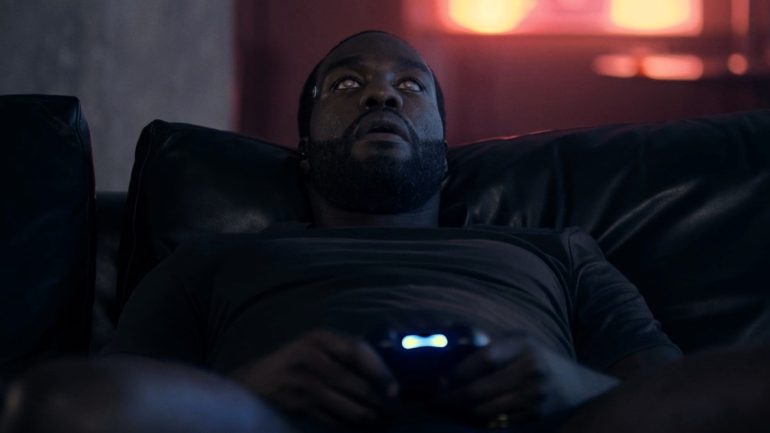
Going back, I see Apple’s foray into mixed reality as a huge indicator of where we are heading after smartphones. And it’s amazing to see how far and fast things have progressed. Let’s not forget that these things can also produce positive and negative effects; this time, it’s more powerful, stimulating, and addicting than smartphones. We are also crossing the Rubicon as consumers, and how we adapt to this technology for years to come will be exciting and scary.
Source: Gadget Pilipinas

0 Comments